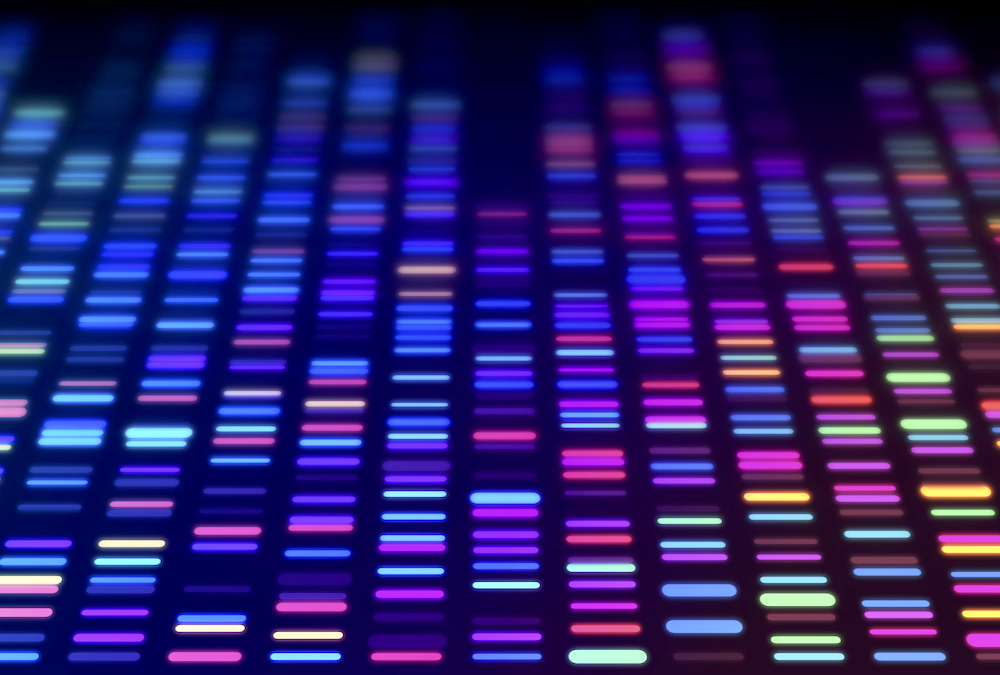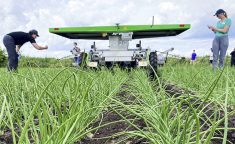The rapid pace of change brought by genome editing tools has created many new opportunities for the agri-food industry, but they aren’t without challenges. Regulatory hurdles must be considered, and the tools must benefit society as well as the agriculture industry.
Why it matters: Genome editing tools can greatly advance plant breeding progress through less complicated techniques compared to transgenics.
That was the focus of a recent paper and webinar by the Council for Agricultural Science and Technology, which discussed the application benefits of genome editing and to envisioned the future of its applications on society.
Read Also

Melancthon faces a new quarry fight over water, environment and farmland risks
A proposed Strada blast quarry in Melancthon, Ont., sparks regional debate over water protection, farmland sustainability, and Ontario’s aggregate policy.
Although CRISPR technology is the most frequently mentioned gene editing technique, the science is relatively young.
“Obviously it’s a very important tool in our field of plant breeding and innovation, but it’s also increasingly something consumers are hearing about in the marketplace,” said Sarah Evanega, associate professor at Cornell University and an author of the council’s issue paper. Although CRISPR was developed 10 years ago, global events, including the pandemic, changed public attitudes toward technical advances.
Evanega highlighted several applications in the agri-food and agri-business sector, among them Calyno high oleic soybean oil from Calyxt, waxy corn from Corteva and Sicilian Rouge tomatoes from Sanatech Seeds. All use some form of genome editing to impart desirable traits for specific markets or end uses.
“We then move into the benefits we’re seeing through the application of this tool and we sort of ‘bucket’ those into three key categories,” added Evanega.
“Those are benefits to the environment, benefits that are social in nature as well as economic benefits.”
She noted that U.S. consumers are “especially excited” about the role of genome editing in making food more nutritious while reducing pesticide and water use.
First steps
The issue paper made five recommendations to ensure genome editing in agriculture benefits society:
1. Increase public investments that incentivize research and development and minor-use crops, identifying areas of genetic vulnerability to extend applications beyond the major commodity crops and agronomic traits that will be served by the private sector.
2. Increase public investments in genomics, trait discovery and the understanding of the genetics that inform those desirable traits to ensure applications that translate into products that serve and benefit society.
3. Create incentives for start-up companies using new breeding tools to develop products that address consumer demands.
4. Create incentives for developing products with a significant environmental impact, especially in large acre crops that confer big scaling opportunities.
5. Ensure a clearer, transparent, predictable product-based co-ordinated regulatory system (in the U.S.) that does not discriminate against specialty crops and minor-use applications.
Two steps forward?
As with every advance, there are challenges, and Evanega underscored consumer acceptance and governance as primary hurdles.
The first few products of genome editing are entering the marketplace and public perceptions will depend on how and what products are used in food systems.
Those that offer nutritional benefits or promote environmental sustainability are more likely to be in demand, she said.
But lack of global harmonization has slowed commercialization of crops developed through genome editing, noted Evanega.
The regulatory system must recognize product outcomes rather than the process or the technology used. That should be possible since many frameworks distinguish genome editing from transgenics.
Regulations in the European Union are now under revision to recognize the differentiation between those two, and that’s a positive step, according to many researchers, policy makers and farm organizations.















